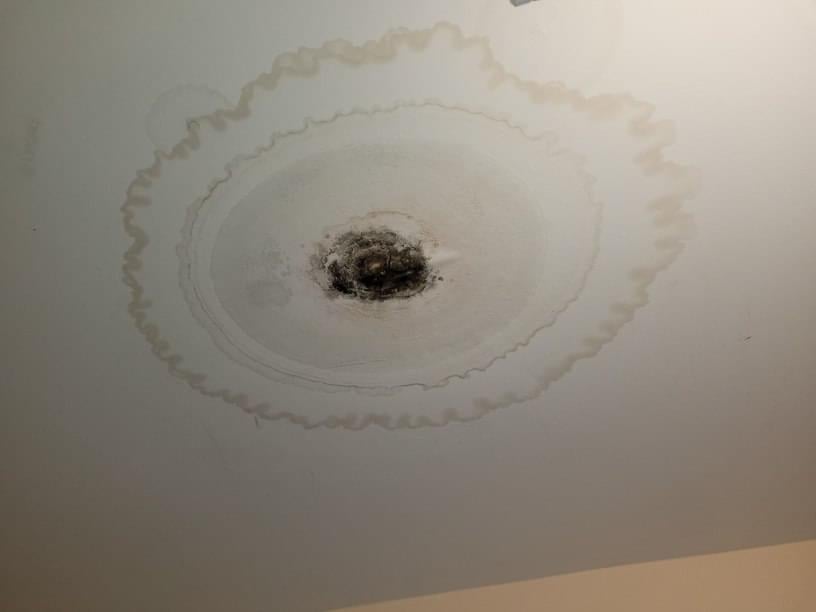Every person maintains their own unique perception about Leaking water lines.

Early detection of leaking water lines can mitigate a possible catastrophe. Some little water leaks might not be visible.
1. Check Out the Water Meter
Every home has a water meter. Inspecting it is a proven way that assists you uncover leaks. For beginners, turn off all the water sources. Make sure nobody will certainly flush, utilize the faucet, shower, run the cleaning machine or dish washer. From there, go to the meter and also watch if it will certainly change. Considering that no person is using it, there need to be no motions. That suggests a fast-moving leak if it moves. Likewise, if you detect no changes, wait a hr or more as well as check back once more. This indicates you may have a slow-moving leak that can even be below ground.
2. Check Water Usage
If you spot sudden adjustments, despite your usage being the very same, it implies that you have leakages in your plumbing system. An unexpected spike in your costs shows a fast-moving leak.
On the other hand, a constant increase monthly, despite the exact same practices, shows you have a slow leak that's also slowly escalating. Call a plumber to thoroughly check your home, specifically if you feel a cozy area on your flooring with piping below.
3. Do a Food Coloring Test
When it comes to water usage, 30% comes from commodes. If the shade in some way infiltrates your bowl during that time without flushing, there's a leakage in between the tank as well as dish.
4. Asses Exterior Lines
Don't forget to check your outside water lines as well. Test faucets by connecting a garden hose pipe. Ought to water leak out of the link, you have a loosened rubber gasket. Change this and also make certain all links are tight. It will certainly assist get it expertly analyzed and kept every year if you have actually obtained a sprinkler system. One tiny leakage can lose tons of water and also surge your water bill.
5. Check and Examine the Situation
Property owners must make it a habit to check under the sink counters as well as also inside cabinets for any type of bad odor or mold and mildew development. These two red flags suggest a leak so prompt interest is needed. Doing regular inspections, even bi-annually, can save you from a major issue.
Extra notably, if you know your home is already old, keep a watchful eye on your heaters, pipes, pipelines etc. Check for discolorations and also damaging as many pipes as well as appliances have a life expectancy. They will also normally wear away because of deterioration. Don't wait for it to rise if you think leaking water lines in your plumbing system. Call a professional plumber right away so you do not end up with a terrible mess in your house.
Early detection of leaking water lines can minimize a prospective catastrophe. Some little water leaks may not be noticeable. Checking it is a proven way that aids you discover leakages. One tiny leak can throw away loads of water and also spike your water costs.
If you believe leaking water lines in your plumbing system, don't wait for it to intensify.
WARNING SIGNS OF WATER LEAKAGE BEHIND THE WALL
PERSISTENT MUSTY ODORS
As water slowly drips from a leaky pipe inside the wall, flooring and sheetrock stay damp and develop an odor similar to wet cardboard. It generates a musty smell that can help you find hidden leaks.
MOLD IN UNUSUAL AREAS
Mold usually grows in wet areas like kitchens, baths and laundry rooms. If you spot the stuff on walls or baseboards in other rooms of the house, it’s a good indicator of undetected water leaks.
STAINS THAT GROW
When mold thrives around a leaky pipe, it sometimes takes hold on the inside surface of the affected wall. A growing stain on otherwise clean sheetrock is often your sign of a hidden plumbing problem.
PEELING OR BUBBLING WALLPAPER / PAINT
This clue is easy to miss in rooms that don’t get much use. When you see wallpaper separating along seams or paint bubbling or flaking off the wall, blame sheetrock that stays wet because of an undetected leak.
BUCKLED CEILINGS AND STAINED FLOORS
If ceilings or floors in bathrooms, kitchens or laundry areas develop structural problems, don’t rule out constant damp inside the walls. Wet sheetrock can affect adjacent framing, flooring and ceilings.
https://www.servicemasterbyzaba.com/blog/how-to-detect-water-leakage-in-walls/

As an avid person who reads on Hacks to detect leaks, I imagined sharing that excerpt was really useful. Those who liked our page plz remember to pass it around. Bless you for your time. Visit again soon.